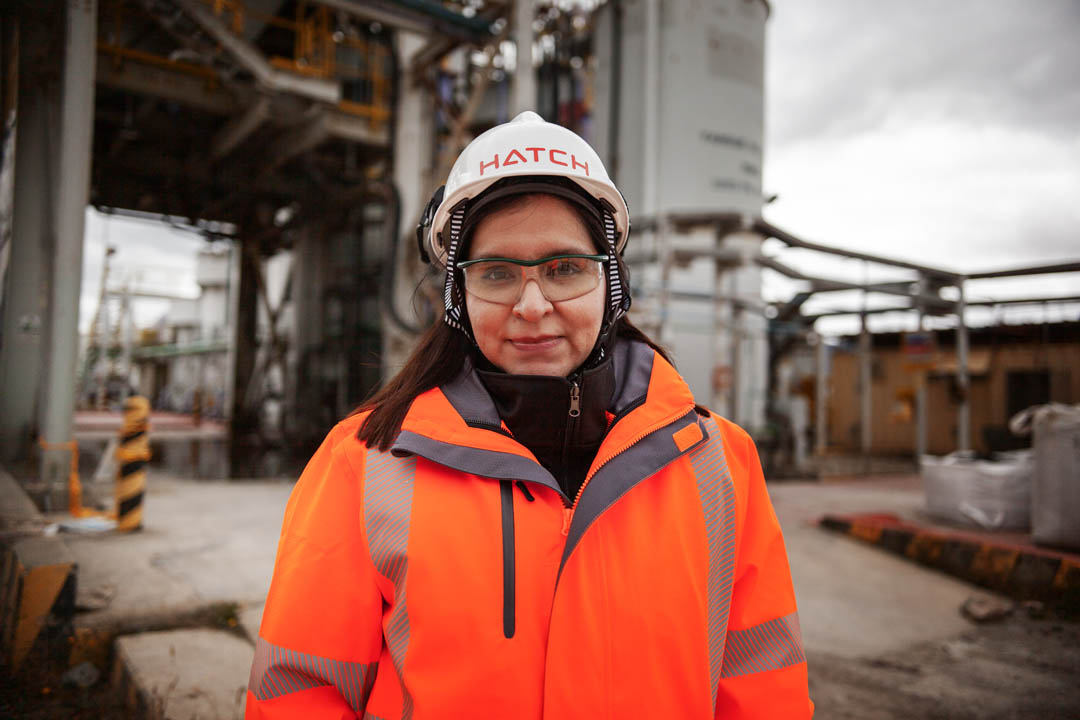Yanacocha is a gold mine located north of the city of Cajamarca in Peru. Owned by Newmont Corporation, the mine has played a significant role in the economic development of the region since its inception in 1993.
In 2021, Newmont needed a different water management treatment solution to handle acidic flows on site during an emergency situation. With little time to act, Newmont turned to Hatch to partner on an urgent response.
- 42KM pipline
Yanacocha Water Transition Projects
At its peak of operation, Yanacocha was the second largest gold mine in the world and quickly rose to prominence as one of the most productive gold mines in South America. More than 40 million ounces of gold have been produced to date.
After years of operation, the mine is reaching its end of life and is transitioning toward closure and reclamation. However, Newmont is still looking for opportunities to extract minerals throughout the transition. One such opportunity is injection leaching, which could extend operations.
Gold and other minerals are extracted from leach pads of crushed rock. As the pads at Yanacocha began reaching end of life, the water chemistry in the pads changed, and as a result, the water from the pads turned acidic. Unusually heavy rainy seasons with the acidification of some pads, resulted in Newmont needing to find water treatment and management solutions. Newmont responded to these changing conditions by reaching out to Hatch for our expertise in water treatment to protect the people and communities downstream.

- $2B invested
During the dry season, Yanacocha stores water and gradually releases it into local watersheds. Thousands of people in the local towns and cities rely on this water and with this in mind Hatch quickly engaged with the Yanacocha site team. Together, we found a solution to staunch the flow of acidic water and developed a treatment process for future prevention.
The project moved from conceptual design to construction and commissioning in just over a year with 15 process options developed, reviewed, and evaluated. In the short term, the focus was on adding capacity for treating acid flows from different areas, repurposing and refurbishing existing idle equipment, and adding new equipment. The solution: a site-wide water flow rebalancing strategy to manage acid flow and the on-site disposal of sludge. This ensured the treatment process itself remained environmentally compliant.
We modified three out-of-commission water treatment plants to treat highly acidic water and installed 42 kilometers of pipelines, with plant flow capacities of 1,500 cubic meters per hour.
The details
The execution of detailed engineering began immediately upon the selection of the process. We engaged resources from four of our offices in North and South America and ramped up to more than 40 engineers and designers in one month to support the engineering effort, starting with the design, specification, and procurement of long lead equipment, such as pumps, new clarifier internals, electrical equipment, and pipeline materials.
During the construction phase, Newmont, being conscious of the local communities, requested we specifically develop the construction packages to fit the capabilities and capacities of the local contractors.
This project faced several challenges due to its proximity to the production area, requiring detailed planning to minimize operational disruptions. Demolition had to be carefully coordinated to avoid impacting adjacent operations. Several design changes were made during engineering and construction to accelerate equipment delivery amid COVID-19-related shortages.
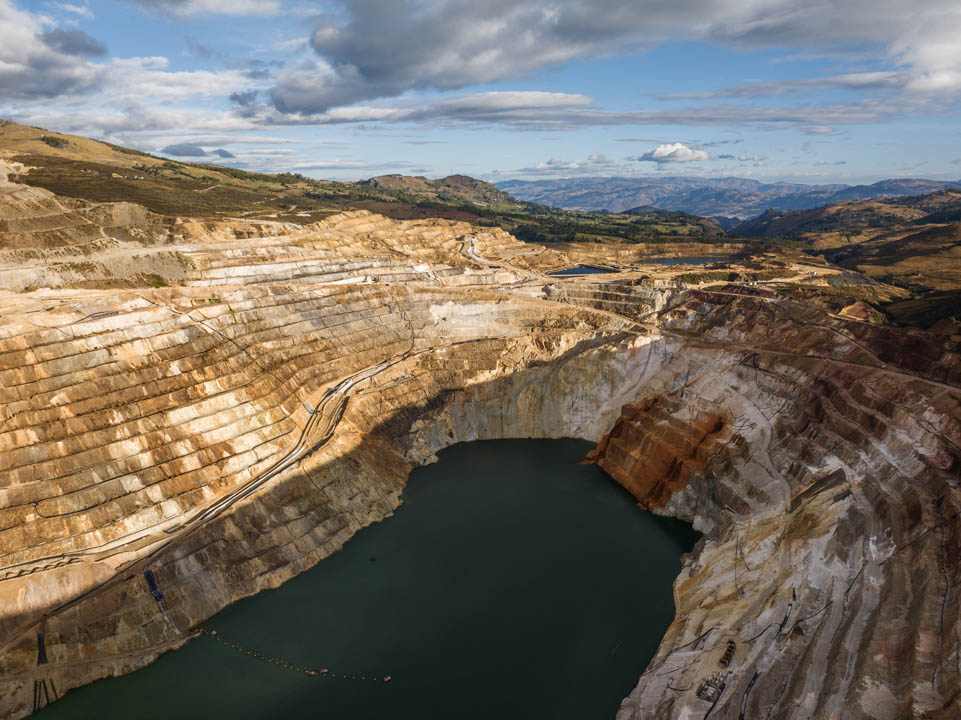
- 1,500 m³/hr plant flow capacities
Newmont supported us at every step, providing site information and documentation, valuable insight on the facility and status of the existing equipment, all while approving engineering deliverables quickly. Despite the aggressive project schedule, the integrated team met all project milestones within a compressed eight-month schedule.
A defining factor in the project’s success is how the team prioritized problem-solving over process. From the initial urgent request to the COVID-19 pandemic, nothing about the Yanacocha mine project was conventional. By focusing on quick adaptation, effective communication, and going the extra mile to meet the demanding schedule in a brownfield environment, we established ourselves as a trusted and vested partner.
It’s been four years since the initial urgent request came from Newmont. One very complex conceptual project has evolved into a series of three major projects from conceptual design through detail engineering and construction support. The success of each project has strengthened the relationship between Hatch and Newmont.
With $2 billion invested, the Yanacocha site now has a proactive water management approach. Our emergency interventions have laid the groundwork for the future of the mine and enabled it to transition toward closure with integrity.
And downstream, clean water continues to flow from the Yanacocha stores to the communities and people who need it.
Explore more: Annual review 2025
- PROJECT
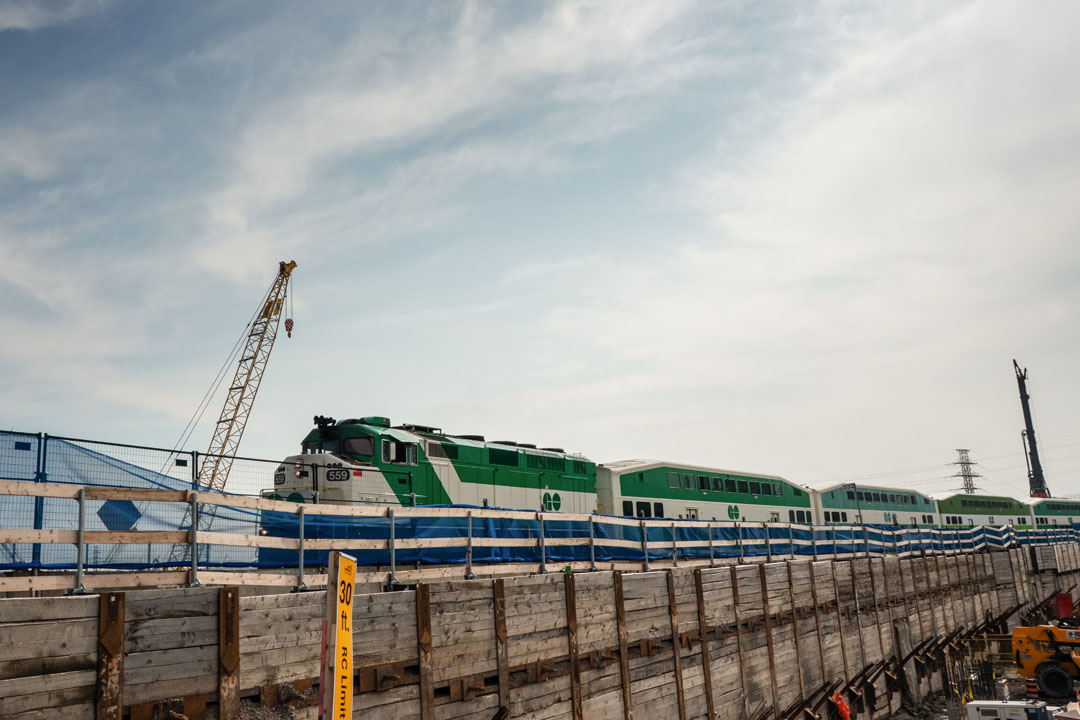
East Harbour Transit Hub
- INSIGHTS
Efficiency by design: Delivering Capital projects in today’s markets
- PROJECT
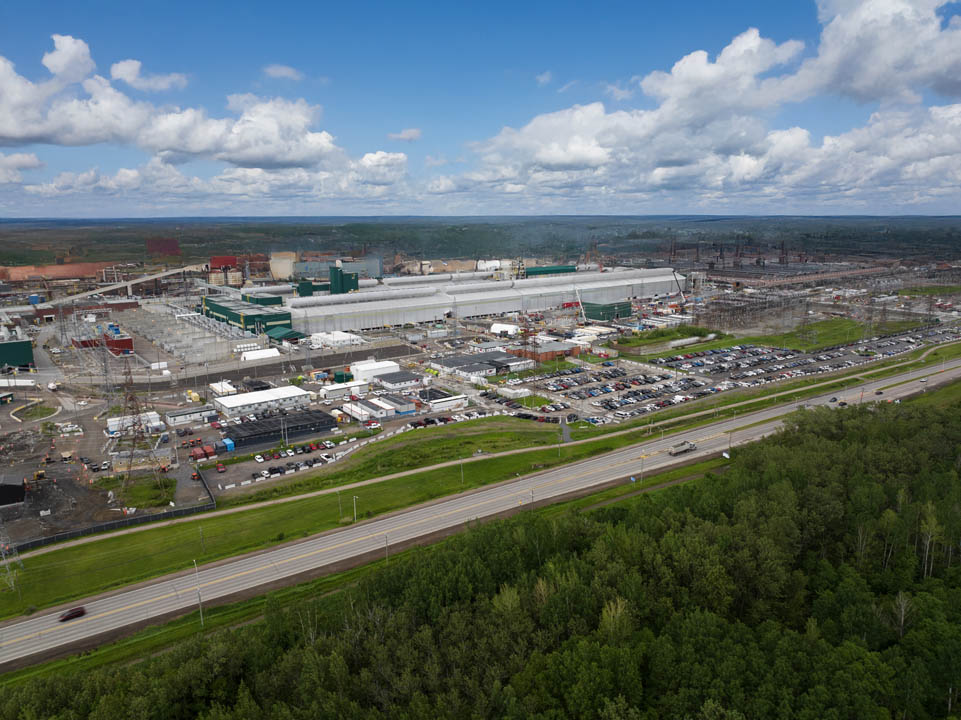
AP60 Expansion Project
- INSIGHTS
Ushering in a new era of intelligent risk-based decision making in construction
- PROJECT
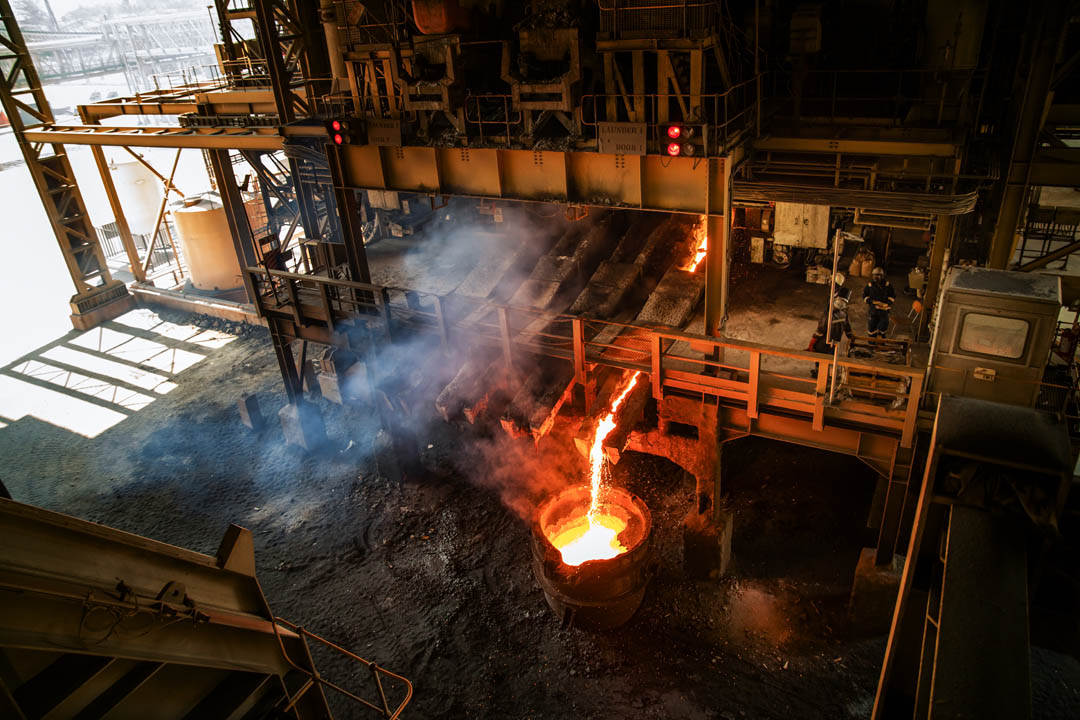
Zimplats Smelter Expansion
- INSIGHTS
Contractor delivery for successful project outcomes
- PROJECT
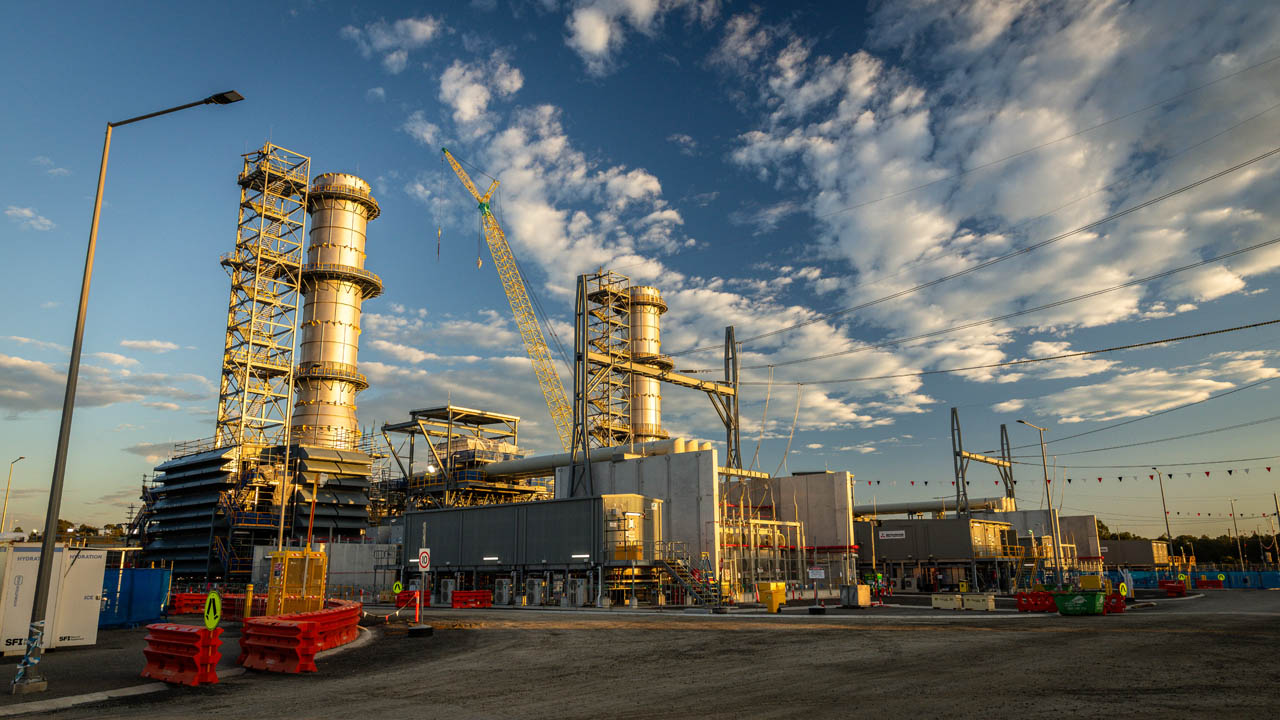
Hunter Power Project
- INSIGHTS
Are you leaving value on the table after the build?
- INSIGHTS
AI breakthrough in mineral processing unlocking millions in value
- INSIGHTS
The faster, the better? The intersection of rapid delivery and responsibility
- PROJECT

Newmont’s Yanacocha Water Transition Projects
- PROJECT
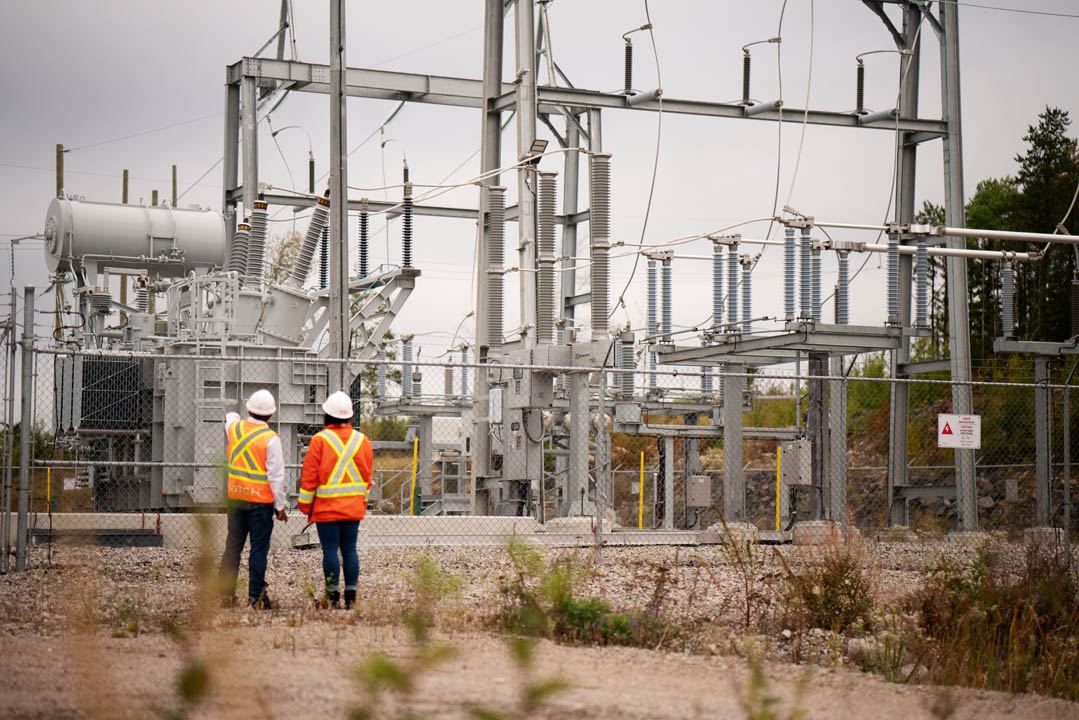
Wataynikaneyap Power Transmission Project
- PROJECT

Sound Transit’s System Expansion



